All Posts
-
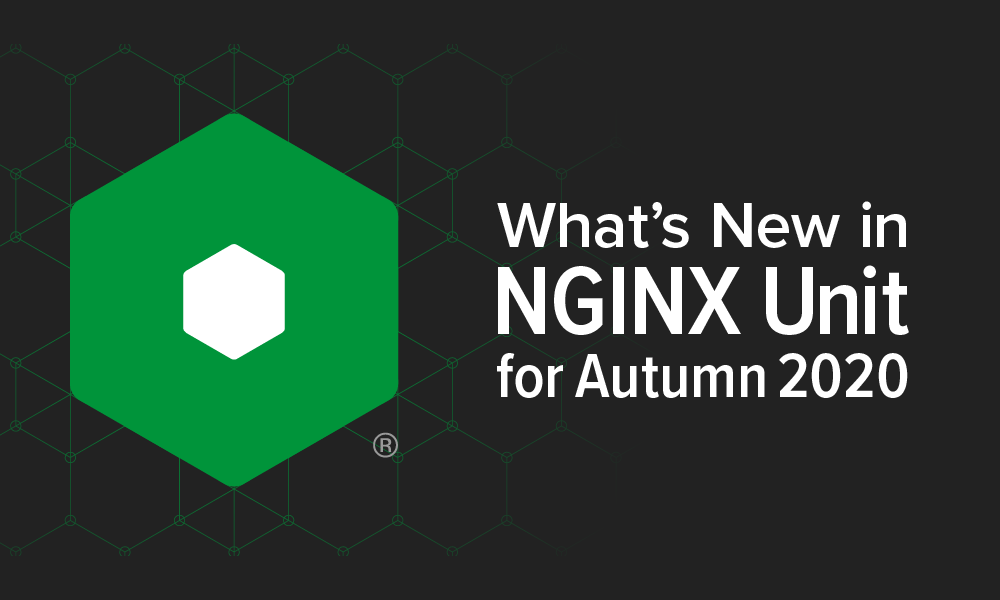
Updates to NGINX Unit for Autumn 2020
Since our last update, the NGINX Unit team has released three versions, 1.19.0 through 1.21.0. New features include support for ASGI with Python, multi-threading with several languages (Java, Perl, Python, Ruby), regular expressions in routing conditions, and more.
-
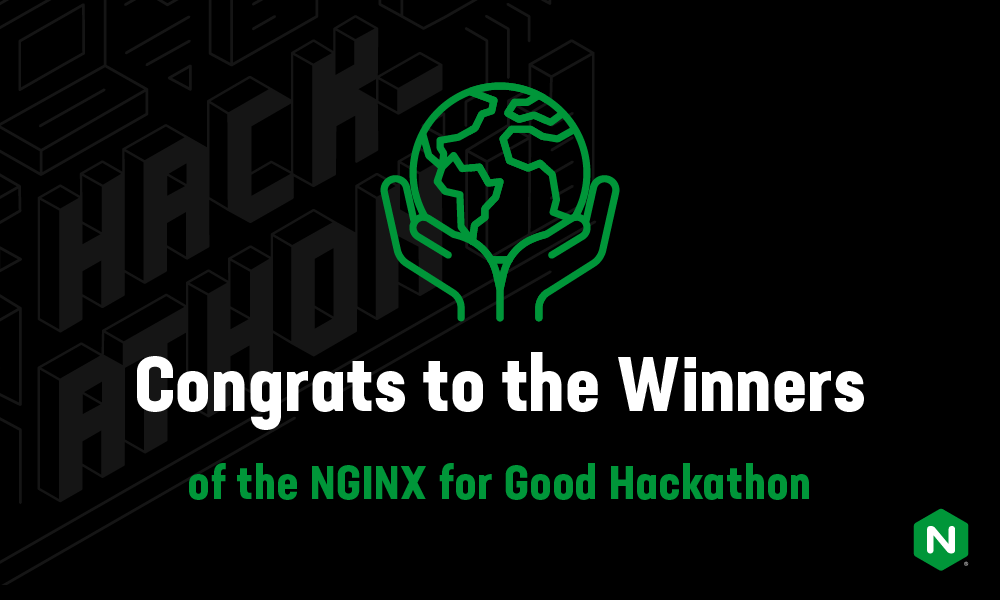
Congrats to the Winners of the NGINX for Good Hackathon
We present the four winners of the 2020 NGINX Hackathon for Good, who each created an app to help people affected by a social issue, using NGINX Open Source and NGINX Unit. The winning apps address unemployment, social justice volunteerism, and transparency around charitable giving.
-

Three Key Takeaways from NGINX’s AMA Panel During AnsibleFest 2020
We feature answers from our experts to three key questions about NGINX automation asked at the panel discussion we held during AnsibleFest 2020: how official roles and collections add value, how to choose which tasks to automate, and why community input is so important.
-

Why Speed Matters in Modern APIs
Guest blogger Jason Benedicic describes several use cases from his daily life where real-time API performance is key to a satisfactory interaction with the app: his favorite dinner-delivery service, his home office with automated controls for lighting and connectivity, and his online-only bank.
-
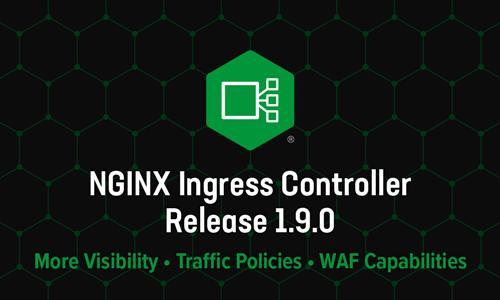
Announcing NGINX Ingress Controller Release 1.9.0
Release 1.9.0 of the NGINX Ingress Controller introduces updated NGINX App Protect features, new policies (JWT validation, rate limiting, and mTLS authentication), improved visibility with new metrics and Grafana dashboards, integration with NGINX Service Mesh, and more.
-
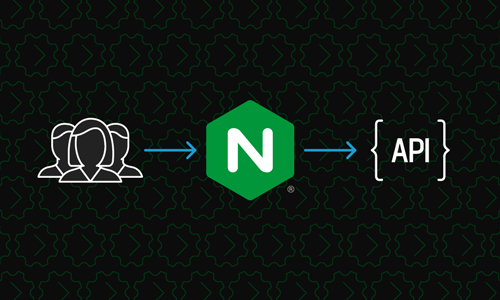
What Customers Tell Us They Need for Modern API Management
We explain why traditional API management frameworks don’t work in modern, microservices-based app environments. The NGINX API management solution embodies features our customers tell us they need now: decoupled data and control planes, multi-cloud support, and self-service.
-

Hello, Network Automation World
Guest blogger Jeremy Schulman offers practical advice for network engineers charged with increasing automation. First, focus on tasks that reduce operational friction among teams. Become familiar with the tools used by various teams, and learn how to use their APIs.
-
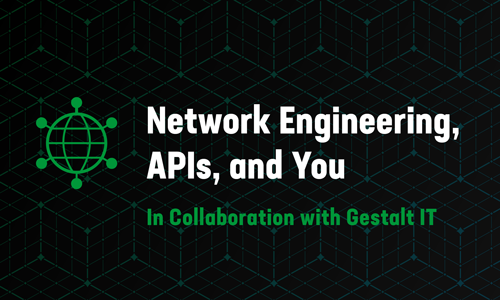
Network Engineering, APIs, and You
As a network engineer, there are everyday hurdles you face, from outages to design to performance problems. Now you must learn API, too? How do you start understanding the new world? Guest blogger and network engineer Brian Gleason provides guidance on how go about it.
-

How Latency Makes Jamming Together in Real Time Nearly Impossible
Guest blogger and musician Caleb Dolister discusses an unexpected consequence of the COVID-19 pandemic: how hard it is to play music together remotely. Turns out the variable latency introduced by networks makes it nearly impossible to keep everyone on the beat.
-

Automating Installation of WordPress with NGINX Unit on Ubuntu
We walk through a bash script for setting up a WordPress deployment on Ubuntu that’s managed by NGINX Unit and uses NGINX for web serving. The resulting WordPress deployment is scriptable, supports Let’s Encrypt, and has production-ready settings.
-

Can Application Security Be Pain Free?
Application security is hard, but there are some best practices to help you achieve it: automate as much as possible, build security as a guardrail instead of a gate, select solutions that provide easily understood insights, and make security adaptable, scalable, and reliable.
-
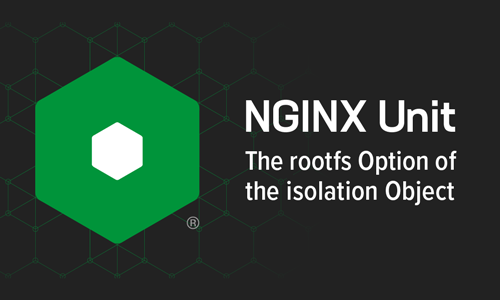
Filesystem Isolation in NGINX Unit
We explore two use cases for filesystem isolation in NGINX Unit. First, we stop attackers from accessing sensitive information, by restricting a compromised app to its sandbox directory. Second, we toggle between sets of global dependencies by defining them in separate filesystems.
-
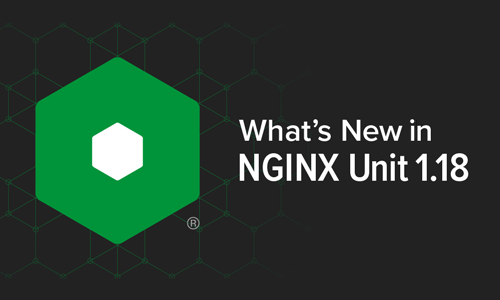
NGINX Unit 1.18.0 Adds Filesystem Isolation and Other Enhancements
NGINX Unit 1.18.0 introduces filesystem isolation, the ‘target’ option to reduce redundancy in PHP app configuration, and URL encoding. It also includes features introduced in NGINX Unit 1.17.0: redirects, and fractional server weights for traffic distribution in upstream groups.
-

Introducing a Technology Preview of NGINX Support for QUIC and HTTP/3
We announce the technology preview of NGINX support for QUIC+HTTP/3 as pre-release software, available for interoperability testing, feedback, and code contributions. HTTP/3 replaces TCP with QUIC, which is designed to support multiplexed connections more reliably.
-

Building Application Stacks With NGINX Unit
We show how to build an application stack with NGINX Unit, enabling automated deployment of production environments with custom‑built language runtime versions, libraries, modules, and extensions. The sample app is WordPress deployed in a Docker container.
-
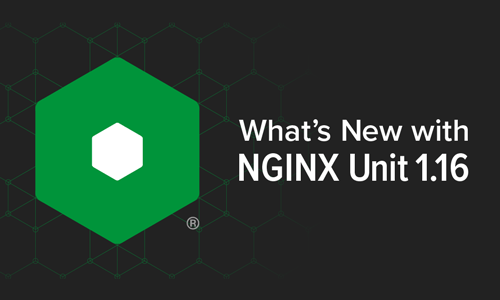
NGINX Unit 1.16.0 Introduces New Yet Familiar Features
NGINX Unit 1.16.0 introduces two new features that are already familiar to NGINX users. First, it can load balance across a group of upstream servers using the round-robin method. Second, you can define what happens when a requested file can’t be served, similar to the NGINX ‘try_files’ directive.
-
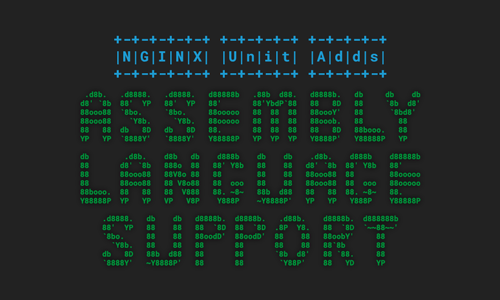
NGINX Unit Adds Assembly Language Support
Assembly language is popular in all kinds of system software and we believe that web development can also benefit from the advantages it provides. Today we’re pleased to add support for assembly language to NGINX Unit. Web development in assembly has never been so easy.
-

5 Ways Software Load Balancers Facilitate Modern Application Delivery
Zack Belcher explores 5 reasons Vizuri recommends software-based load balancers to its customers instead of specialized, on-premises hardware appliances: they can enhance agility, facilitate modernization, increase flexibility, boost scalability, and lower costs.
